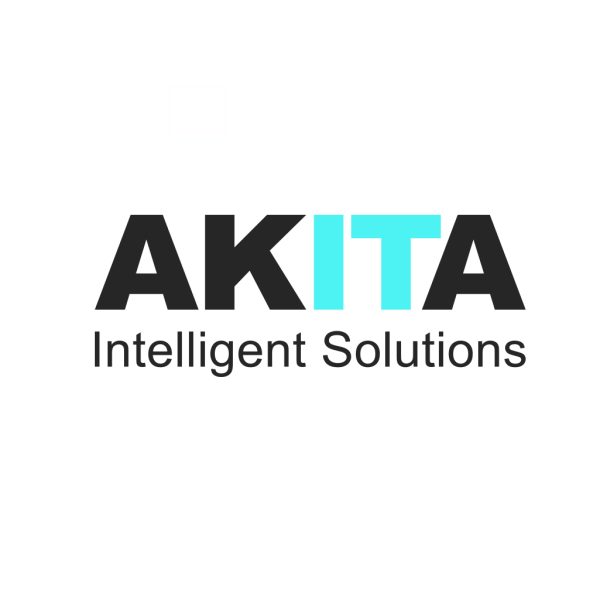Organisations relying on Microsoft Dynamics 365 can achieve far greater value when the platform becomes fully connected across their digital estate.
A strategic Microsoft Dynamics integration programme creates a unified environment where data flows seamlessly between systems, teams operate with real-time insight, and manual processes are eliminated. The outcome is a more efficient, more scalable, and more cost-effective operating model.
For leadership teams, integrations provide a clear route to measurable productivity gains and more confident decision-making.
Why Microsoft Dynamics Integration Matters
Most organisations still operate with a patchwork of separate systems—finance tools that don’t sync with sales data, operational platforms with manual spreadsheets, and service teams without full customer context. These disconnects slow down decision-making, create unnecessary overhead, and introduce risk. Microsoft Dynamics integration addresses these issues directly.
By connecting Dynamics 365 to complementary systems across finance, logistics, manufacturing, service, and customer engagement, businesses build the foundations for consistent processes and transparent reporting. This joined-up approach eliminates rekeying, removes duplication, and gives departments the insight needed to operate efficiently.
Finance Integrations That Strengthen Accuracy and Control
Finance teams benefit significantly from consolidated, real-time financial data.
Integrating Dynamics 365 with ERP platforms, accounting systems, procurement tools, and expense solutions improves accuracy and reduces the time required for reconciliation. Automated synchronisation of invoices, purchase orders, project financials, and supplier data ensures finance teams work without manual intervention.
Month-end cycles become faster, forecasting becomes more accurate, and audit trails become easier to maintain. For organisations with multiple entities, these integrations also eliminate the operational burden associated with maintaining separate financial systems.
Supply Chain and Inventory Integrations That Reduce Cost
Operational performance hinges on access to accurate and timely data. Integrating Microsoft Dynamics with supply chain and warehouse management systems ensures that stock movements, supplier activity, and logistics status updates are always reflected within CRM or ERP processes. Real-time inventory visibility helps teams avoid overstocking, reduce carrying costs, and maintain optimum replenishment.
Connected procurement workflows prevent delays and create a more stable supply environment. When extended to logistics and delivery partners, these integrations also support improved customer communication and more predictable fulfilment.
Customer Experience Integrations That Enhance Service Quality
Modern customer expectations require seamless communication and instant access to information. Integrating Dynamics 365 with telephony solutions, customer portals, ticketing systems, and marketing automation platforms ensures that service teams operate from a single source of truth. Automated case creation, omnichannel visibility, and integrated communication tools reduce response times and improve accuracy.
This reduces the cost-to-serve and increases customer satisfaction. For organisations with SLA commitments, Microsoft Dynamics integration directly supports compliance and profitability by reducing time lost to manual handling.
Manufacturing and Asset Management Integrations That Improve Throughput
Industrial organisations achieve considerable gains when Dynamics 365 is connected to MES, SCADA, IoT, and asset management systems. Production data, machine performance, maintenance alerts, and output metrics feed directly into Dynamics 365 workflows. Managers gain instant visibility of performance constraints, while automated triggers support preventative maintenance and production optimisation.
These integrations increase equipment uptime, reduce maintenance spend, and provide clearer forecasting for production scheduling. By linking operational technology with business systems, organisations move towards a more responsive and data-driven manufacturing environment.
Automating Workflows: Power Automate, Azure and AI Integrations
The combination of Dynamics, Power Automate, Azure services, and AI enables businesses to scale operations without increasing headcount. Workflows automate approvals, data updates, documentation, notifications, and customer communications. AI-driven predictions help teams identify risks earlier and act on emerging trends.
These integrations create highly efficient processes that allow teams to focus on value-added work rather than administrative tasks. Organisations looking to reduce operational costs particularly benefit from these automation-based integrations.
What High-Performing Organisations Gain
The organisations that fully embrace Microsoft Dynamics integration consistently outperform those that rely on isolated systems. They achieve faster throughput, lower operational costs, and greater accuracy across departments.
Sales, marketing, finance, operations, and service teams work with shared data and unified processes. Leadership teams gain the insight needed to make informed decisions based on real-time information rather than historical reports. Combined, these advantages accelerate growth and strengthen operational resilience.
For guidance on integrations and development for Microsoft Dynamics 365, please speak to our consultants:





